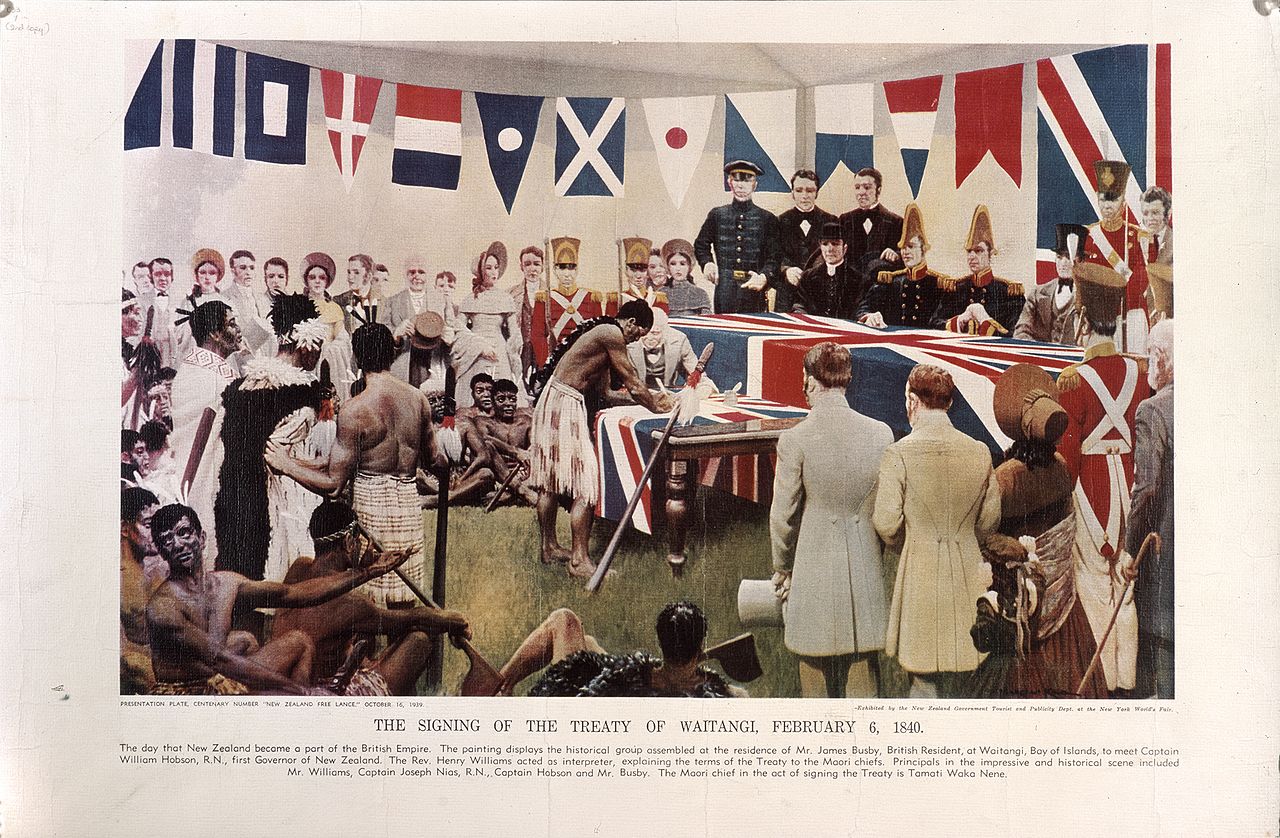OPINION
Peter Allan Williams
Writer and broadcaster for half a century. Now watching from the sidelines although verbalising thoughts on www.reality check.radio three days a week
peterallanwilliams.substack.com
Here’s the first thing that came to mind after the news that protestors had been abseiling inside Te Papa and defaced the Treaty of Waitangi exhibit.
How the hell can you walk into a place like Te Papa, home to millions of dollars of valuable exhibits, with abseiling equipment and start climbing down a wall?
Have Te Papa management not heard of a thing called security? And even if there were no security guards on the door, as there should be, then what about the people at reception? Did no one have the presence of mind to ask what the hell was going on?
I mean, it’s almost like the staff at Te Papa condoned the protest.
And then once the protest was underway, how long did it take for staff to call police and for the police to get there?
You get the feeling that there was, and is, not much urgency. The boss of Museums Aotearoa Adele Fitzpatrick says she doesn’t favour increased spending on security at the country’s museums and art galleries.
It all seems a laissez faire attitude, one that she may well come to regret as Maori activism becomes more prevalent.
At least she has the good grace to acknowledge that the exhibit which was vandalized is important.
As Ms Fitzpatrick says “it’s a mistake to ignore parts of our history because we don’t like it now or because it’s painful now.”
But the protestors’ claims are utterly illogical. They say that just the te reo version, Te Tiriti o Waitangi, is the only legal document and that The Treaty, as displayed at Te Papa, is not a translation of Te Tiriti.
But hang on. How could that be?
In February 1840, James Busby and William Hobson did not write a treaty in te reo. They wrote it in English. It was then translated by missionaries Henry Williams and his son Edward. Hobson, as the Queen’s representative, signed both the English and te reo versions.
Maori chiefs signed only the te reo version.
Hobson made a mistake in signing something he did not completely understand – the te reo version – but the point is there were two versions of the document in 1840, and one surely has as much validity as the other.
(Just what is the original English version of the Treaty remains debatable. A piece of paper with an 1833 watermark was discovered in Auckland in 1989. It may or not be the version that Busby wrote for Hobson to sign and Williams to translate. Many questions remain about copies of the Treaty written in freehand by Hobson’s secretary James Freeman. There is one school of thought that Freeman’s copies have emerged as the original English Treaty.)
But either way, the claims of these protestors the other day are irrational.
The problem with the Treaty/Tiriti has always been the translation.
The Waitangi Tribunal even went so far as to get a distinguished Maori scholar of the time, Sir Hugh Kawaharu, to back-translate Te Tiriti from the reo in 1986.
He translated the preamble to say “chiefs will agree to the Queens’s Government being established over all parts of this land” and then in Article 1 “the chiefs give absolutely to the Queen of England forever the complete government over their land.”
If that’s not clear enough listen to the words of Tamati Waka Nene, a signatory at Waitangi in 1840, speaking at the Kohimarama Conference in 1860.
“Therefore, my friends, do I say, let this Governor be our Governor, and this Queen our Queen. Let us accept this Governor, as a Governor for the whole of us. Let me tell you, ye assembled tribes, I have but one Governor. Let this Governor be a King to us. Listen again, ye people! When the Governor came here, he brought with him the Word of God by which we live; and it is through the teaching of that Word that we are able to meet together this day, under one roof. Therefore, I say, I know no Sovereign but the Queen, and I never shall know any other. I am walking by the side of the Pakeha.”
The problem for revisionist historians at the Waitangi Tribunal and at universities is that there is ample evidence in the country’s archives to prove that Maori chiefs knew very well what they were signing in 1840, and what they confirmed twenty years later, and they did cede government of the country to the Queen of England.
There has been a long march through the educational institutions of the country for at least a quarter of a century on matters pertaining to the Treaty of Waitangi. That’s why the protests the other day seemed to garner a certain level of public sympathy.
One wonders if that trend can ever be reversed.
It needs to, otherwise, a fifty-year-old grievance industry will never end and the abseilers will come calling at Te Papa again.

